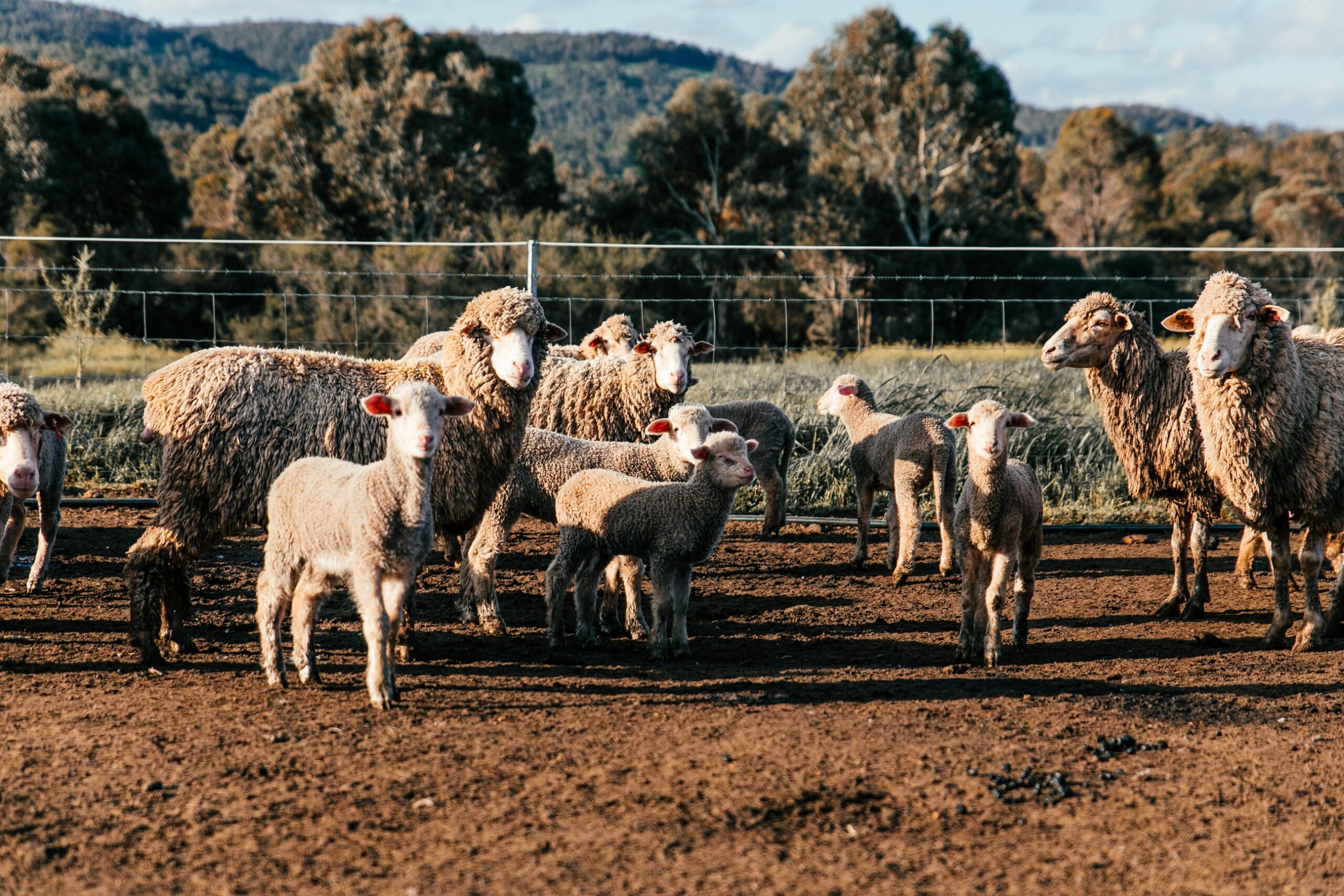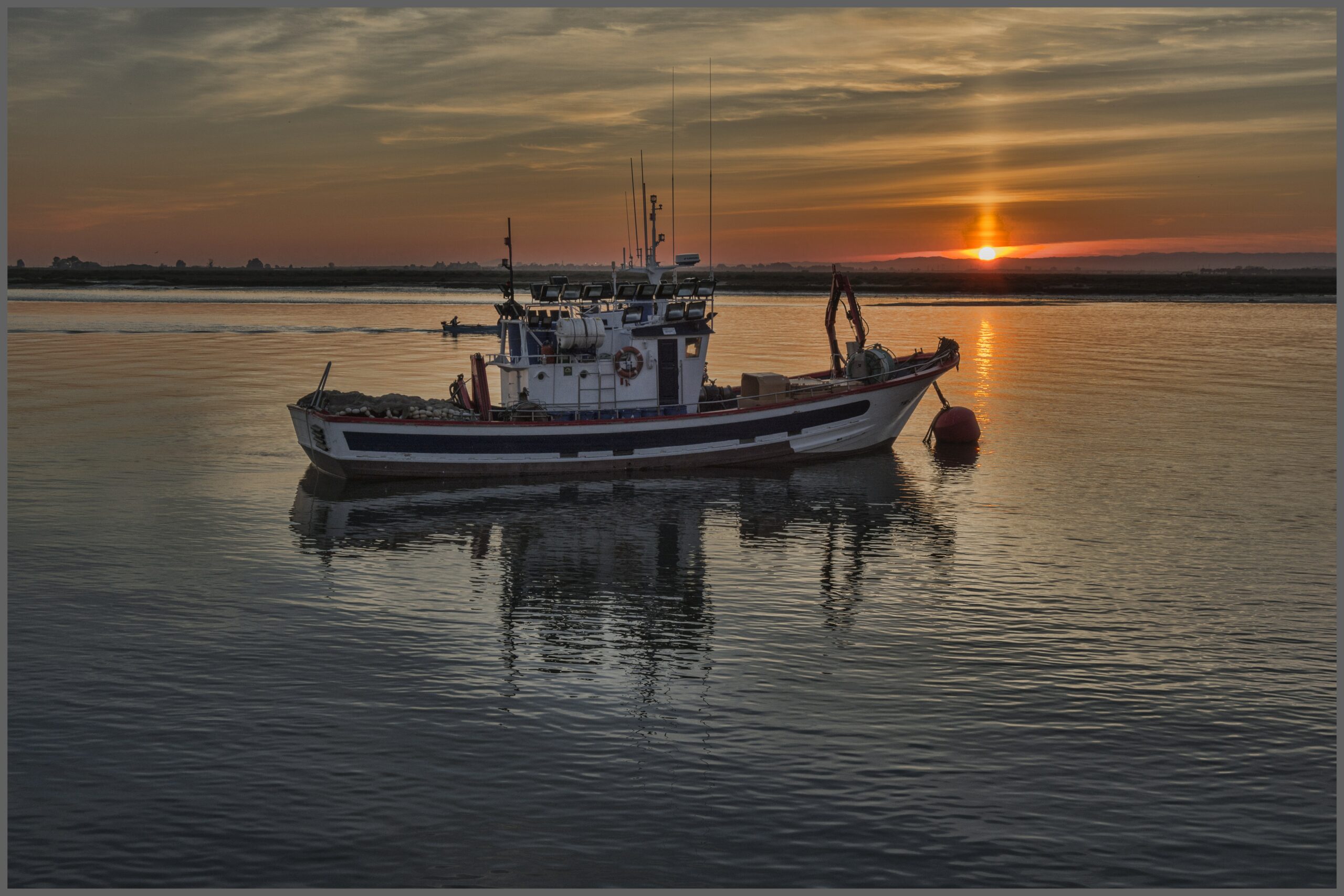From Italy to California, global warming is a priority for vignerons.
Wine grapes are highly sensitive to changes in climate. So how will the future of wine be impacted by global warming? First of all warmer temperatures mean that the entire growing cycle is happening earlier. Budding, flowering, fruit-set, veraison, and, of course, harvest are all taking place, on average ten days to two weeks sooner than they used to.
In general, this means that alcohol levels are higher, acidity levels lower and tannins (which ripen later) frequently scratchier and less refined. Hotter growing-season temperatures are making it harder for growers to achieve balance in the fruit and in the finished wine.
Eight of the ten warmest years on record have occurred in the last ten years. In the last two years, there have been record temperatures from Canada to Sicily, wildfires in Australia, Portugal, Greece, and California, floods in Australia and Germany and the impact of climate change on wine production is becoming ever-more obvious.
If record summer temperatures are the most clear example of how climate change has affected viticulture, what happens in winter is perhaps even more serious.
Winters are significantly milder, so vines are often coming out of dormancy far earlier than they used to, making them more vulnerable to frost.The most severe example was 2021, when after an exceptionally mild winter, more than 90 percent of France was hit with sub-zero temperatures for several days in April. The consequence was that France’s total wine harvest was the lowest since the Second World War.
But it’s not just warmer temperatures and frosts that worry winemakers. Here are other facts that are changing viticulture.
Wildfires: from California to Australia, from Greece to South Africa, wildfires are been devastating for vineyards, people, and property. Fire smoke is also a big problem: the rolling clouds of smoke can cover vineyards and ruin wines produced from vines that were never in physical danger from the flames.
Shortage of water: wine is a thirsty industry and it needs lots of irrigation especially in the new wine world (South Africa, California, Australia…). Prolonged periods of well below-average rainfall and drought are more frequent in all vineyards all over the world and when it rains it is often the wrong sort of rain. That’s because these flash floods do nothing to alleviate drought, since the water simply runs off.
Hail, especially in Europe: it can be so destructive. If a vigneron is a victim of an hail harvest, he can say goodbye to the harvest.
So, how is the wine industry reacting to climate change?
Climate change is impacting the costs of production, revenues and profits of wine producers. Wine styles have changed: we’ve been accumulating more sugar and producing slightly higher alcohol wines, as says Gregory Jones, professor and research climatologist in environmental studies at Linfield University, Oregon, in his TED Talk, ‘Climate, Grapes and Wine’.
Winemakers are already adjusting their practices and adapting their winemaking business for a warmer world, for example adopting new varieties which seem more resistant to climate change. But whether this adaption is successful, may come down to consumers.
Wine drinkers are creatures of habit. Will they happily quaff wines made from lesser-known grape varieties suitable for hotter climes, such as nero d’avola, vermentino, fiano, vranec and xinomavro?
Can they accept a different flavor profile from their pinot noir grown in Burgundy? Or could they bring themselves to drink a pinot noir from England? This is clearly an huge challenge for the entire wine industry.








